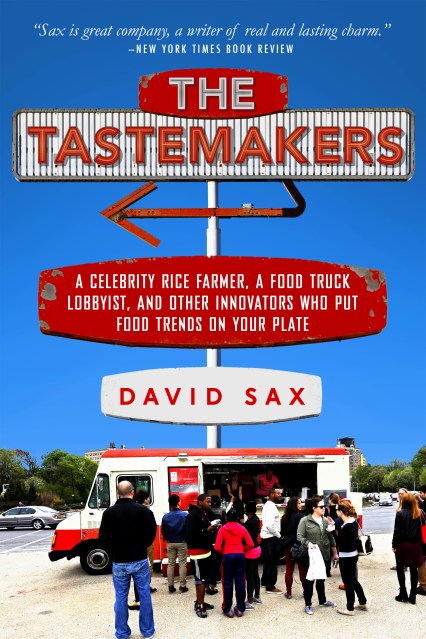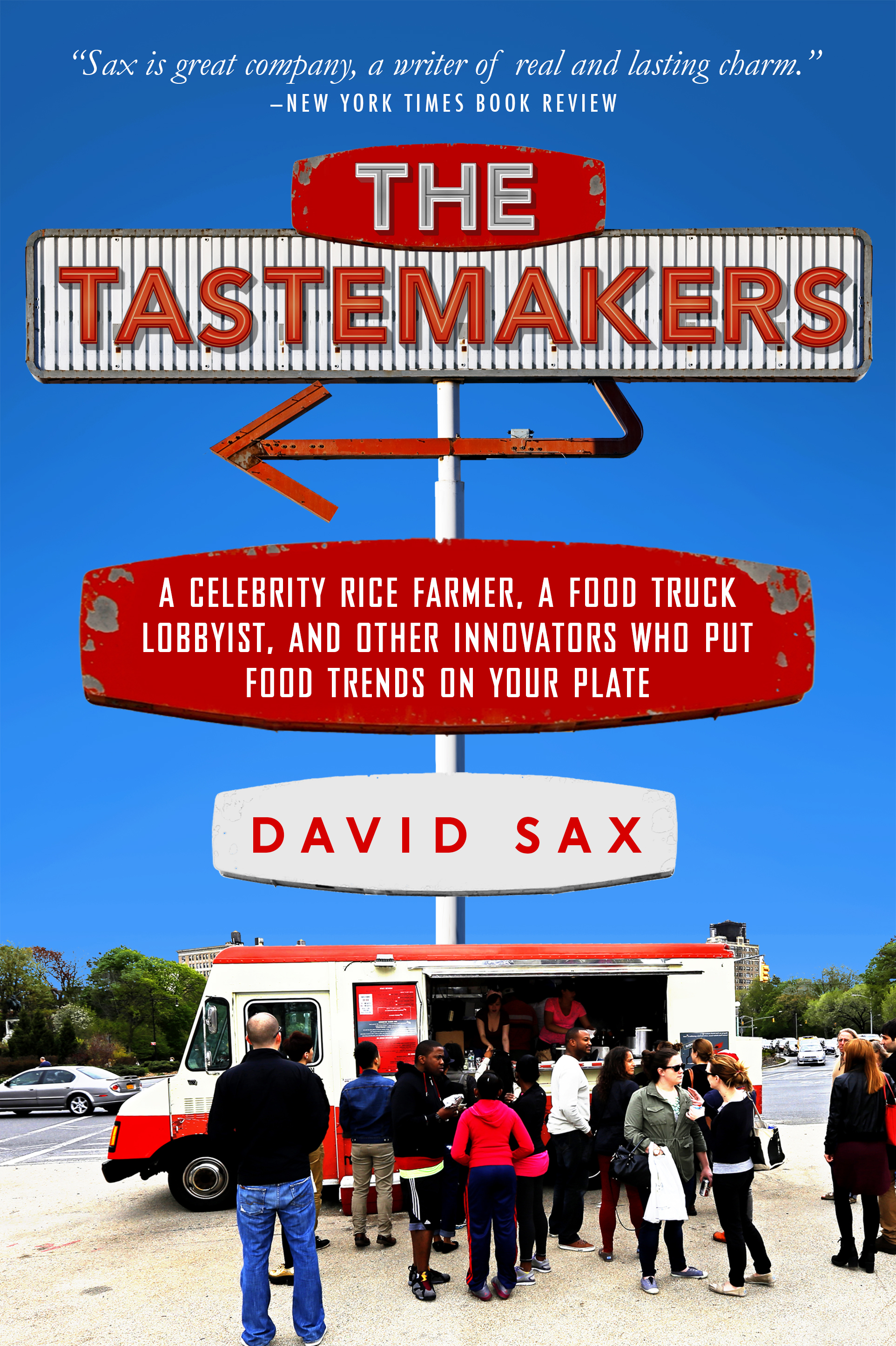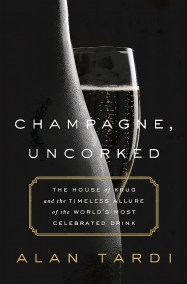Promotion
Use code MOM24 for 20% off site wide + free shipping over $45
The Tastemakers
Why We're Crazy for Cupcakes but Fed Up with Fondue
Contributors
By David Sax
Formats and Prices
Price
$10.99Format
Format:
- ebook $10.99
- Trade Paperback $21.99
This item is a preorder. Your payment method will be charged immediately, and the product is expected to ship on or around May 20, 2014. This date is subject to change due to shipping delays beyond our control.
Also available from:
Kale. Spicy sriracha sauce. Honeycrisp apples. Cupcakes. These days, it seems we are constantly discovering a new food that will make us healthier, happier, or even somehow cooler. Chia seeds, after a brief life as a novelty houseplant and I Love the ’80s punchline, are suddenly a superfood. Not long ago, that same distinction was held by pomegranate seeds, aç berries, and the fermented drink known as kombucha. So what happened? Did these foods suddenly cease to be healthy a few years ago? And by the way, what exactly is a “superfood” again?
In this eye-opening, witty work of reportage, David Sax uncovers the world of food trends: Where they come from, how they grow, and where they end up. Traveling from the South Carolina rice plot of America’s premier grain guru to Chicago’s gluttonous Baconfest, Sax reveals a world of influence, money, and activism that helps decide what goes on your plate. On his journey, he meets entrepreneurs, chefs, and even data analysts who have made food trends a mission and a business. The Tastemakers is full of entertaining stories and surprising truths about what we eat, how we eat it, and why.
Genre:
- On Sale
- May 20, 2014
- Page Count
- 336 pages
- Publisher
- PublicAffairs
- ISBN-13
- 9781610393164
Newsletter Signup
By clicking ‘Sign Up,’ I acknowledge that I have read and agree to Hachette Book Group’s Privacy Policy and Terms of Use



